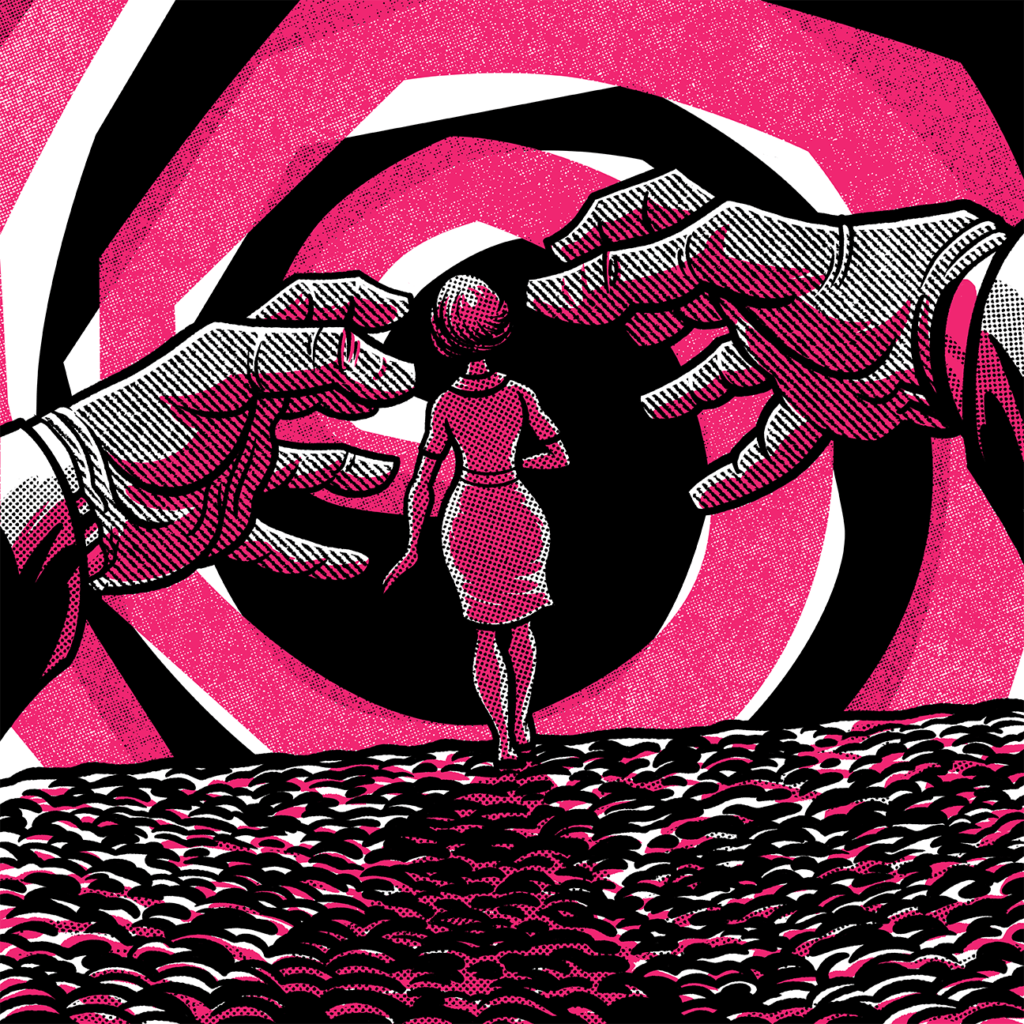MID-CENTURY MACABRE IS HERE TO REMIND US THAT HORROR EXISTED BEFORE 1980
Horror movies are a place where memorable character actors finally get to display their talent in a leading role. The first examples that come to mind are Terry O’Quinn in The Stepfather and Brian Dennehy when he played the serial killer John Wayne Gacy in the 1990 miniseries, To Catch A Killer.
Speaking of iconic character actors, you know who would’ve made a great Gacy? Victor Buono.
Victor Buono was a young actor who made a career out of portraying characters twice his age. At first glance you’d think he was a middle aged performer, only to find out he died at the age of 43 in 1982. He was known to most for his breakout role as Edwin Flagg in Whatever Happened To Baby Jane? Personally I admire Victor Buono for his work on the colorful 1960s Batman series where he played one of the reoccurring villains, King Tut.
Here’s a little more trivia before diving into The Strangler: it’s said Victor Buono was openly gay. That’s astounding when he existed in a time when Paul Lynde was playing suburban dads and Liberace told papers nothing got him excited like the middle aged women that attended his shows.
Two years following his breakout role in Baby Jane, Buono landed the lead in 1964’s The Strangler. While Hollywood usually saw horror as an alleyway for your career to die in, things were slightly different in the early 1960s. With Psycho, Alfred Hitchcock blurred the line of artistic value and exploitation. Two years later in Baby Jane you had Joan Crawford and Bette Davis, two of the most iconic actresses, in what came to be known as “Hag Horror” or “Psycho-biddy.” With Bette Davis being nominated for her performance in a horror film, the genre was mainstream and respected during The Strangler‘s release.
Similar to Psycho, The Strangler equally displays artistic value and exploitation. In a display of exploitation that’d never fly today, The Strangler capitalized on the publicity around a serial killer known as The Boston Strangler. While this man was going around strangling what would end up being thirteen women, someone at Allied Artists thought this would be a great cash crab on an audience hypnotized by true crime and topical headlines.
The Boston Strangler would claim his final victim just four months prior to the release of this film.
The Strangler opens on the first victim of Buono’s Leo Kroll undressing within the pupil of a large eyeball. After he strangles her, Kroll returns to his apartment and begins undressing a doll. The camera then pans on his face as beads of sweat form, the early 1960s way of depicting masturbation. Along with this neck up shot, cops later use the word fetish to describe the killer’s fixation on dolls. It’s tame now, but back in 1964 when The Andy Griffith Show was still airing new episodes and Bewitched, Gilligan’s Island, and Gomer Pyle U.S.M.C. were just premiering that year, a film that explored the warped mentality of a serial killer was really pushing the envelope.
Leo Kroll’s murderous hatred for women is birthed from a volatile relationship with his mother, played by Grandma Walton herself, Ellen Corby. Not only does she expect Leo to visit her every night at a nursing home, but she’ll say anything to tear him down. In one scene she tosses out everything, ranging from “what kind of woman would want someone who’s not good looking and fat” to “you barely make enough to keep a young hussy in stockings.” Kroll’s boiling anger towards his mother is to the point that he destroys a doll in a victim’s house because it cries out “mama.”
The Strangler is a lean and fast paced character study just when the public was starting to acknowledge the twisted freaks existing in the dark corners outside of a safe and friendly suburban neighborhood. While Hammer Horror was still doing their take on the Universal Monsters and Vincent Price was pairing up with Roger Corman to adapt the gothic tales of Edgar Allen Poe, The Strangler focuses on the horrors of the real world, a serial killer who had just been caught four months prior.
It’s a great genre film that effectively showcases the talent of Victor Buono. The way his face fills up the screen as he gives an engagement ring to a woman who barely knows him while saying “I’ve watched you for a long time” and “I saved this ring after mama died” will chill your blood all these years later.

